There’s something magical about walking into a room that makes you smile instantly. That’s the power of color. While neutral spaces have their place, a colorful living room brings an entirely different energy – one that feels alive, personal, and genuinely yours.
Many people hesitate to embrace bold home colors because they’re worried about making mistakes. Will it feel too loud? What if the colors clash? Here’s the truth: creating a vibrant lounge doesn’t require a design degree. It just needs a bit of confidence and the right approach.
The beauty of a playful living room is that it reflects your personality in ways beige never could. Whether you’re drawn to saturated jewel tones, cheerful pastels, or eclectic combinations, there’s a way to make it work for your space. Let’s explore twelve approaches that prove color can be both bold and beautiful.
1. Start With a Statement Sofa
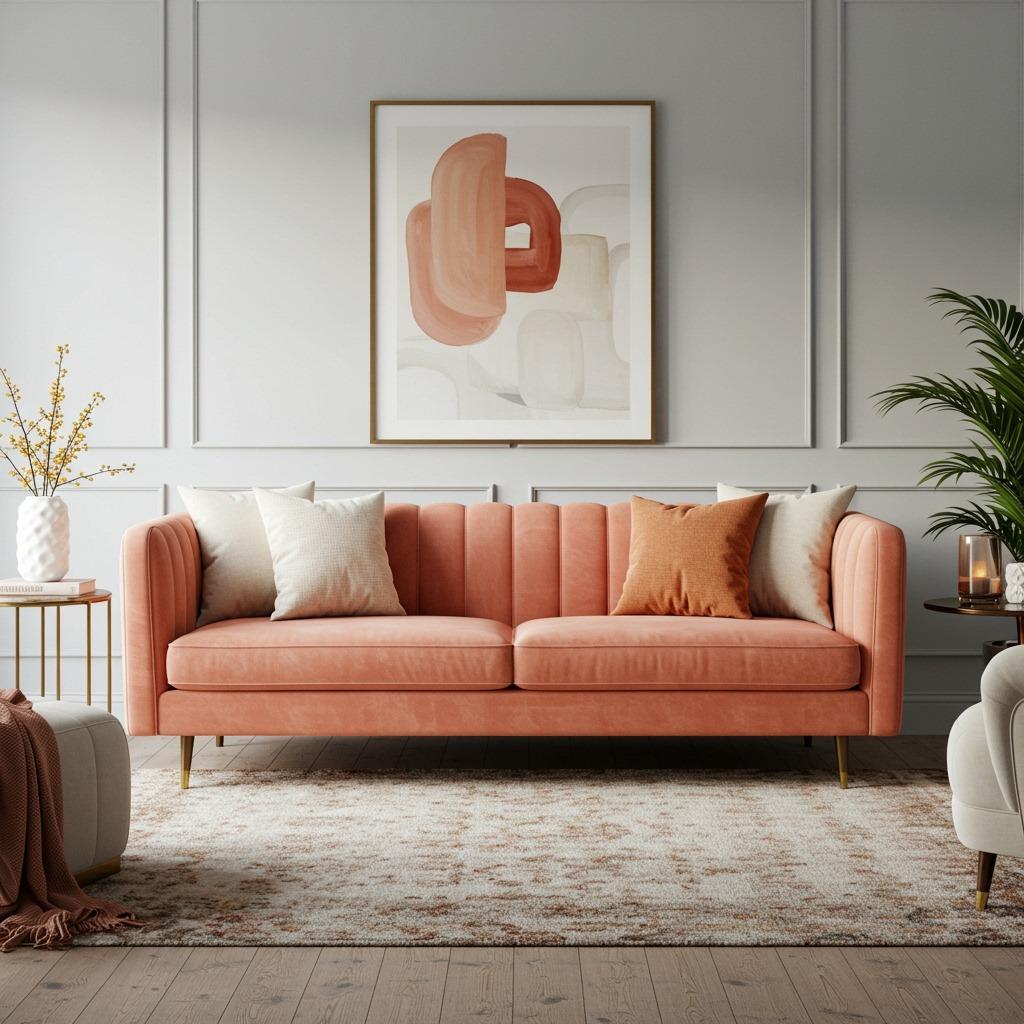
Your sofa anchors the entire room, so why not make it count? A colorful couch in a rich hue like sapphire blue, burnt orange, or deep magenta instantly transforms your space without requiring a complete overhaul.
The trick is choosing a color you genuinely love. Not what’s trending this season, but something that makes you feel good every time you see it. Velvet fabrics add extra depth to saturated colors, while linen keeps brighter shades feeling casual and approachable.
Pair your statement sofa with more subdued elements elsewhere in the room. This creates balance and prevents the space from feeling overwhelming. Think neutral walls, natural wood furniture, and simple window treatments that let your bold furniture choice shine.
2. Layer Multiple Shades of One Color
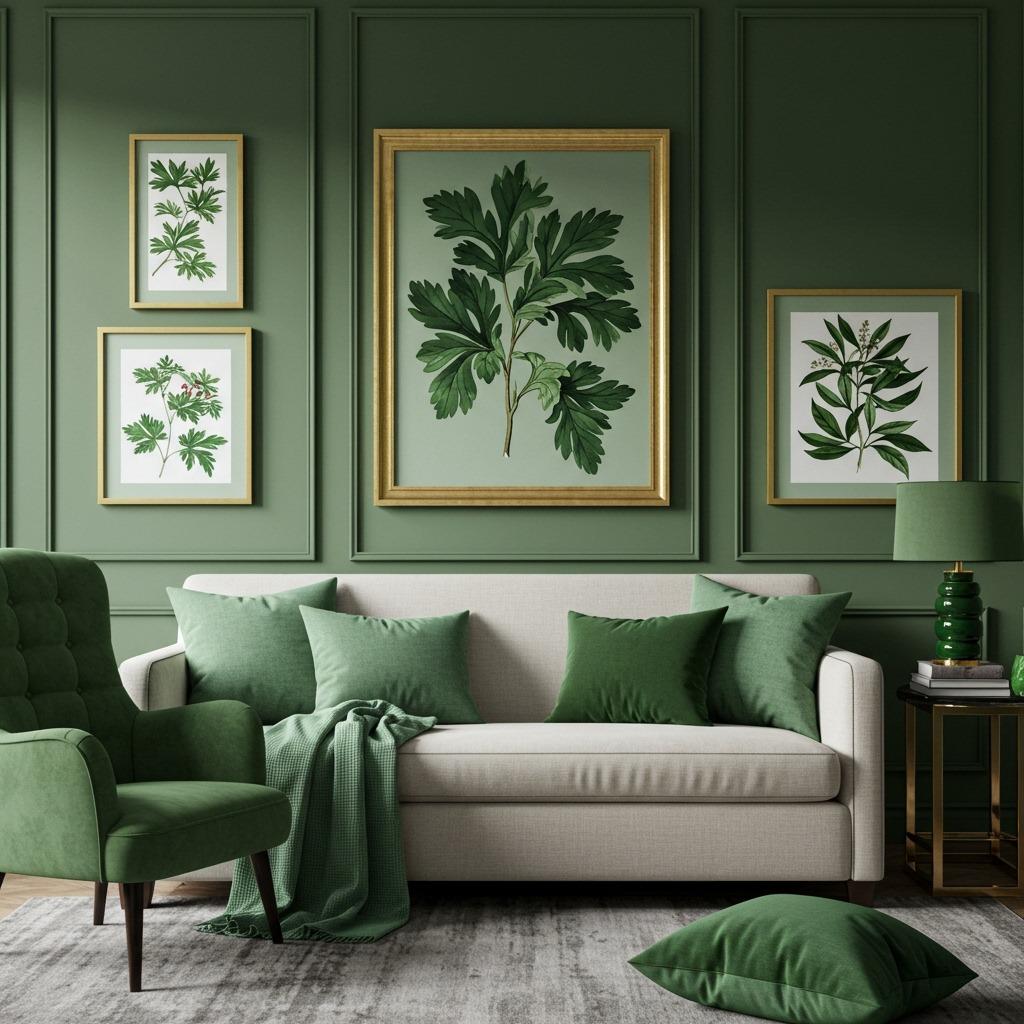
Monochromatic doesn’t have to mean boring. Choosing different shades and tones of a single color creates depth and sophistication while keeping things cohesive. A blue colorful living room, for instance, might combine navy, sky blue, teal, and aqua in various textures.
This approach feels intentional rather than random. Start with your dominant shade on larger elements like walls or a sofa, then introduce lighter and darker versions through accessories, artwork, and textiles. The variation prevents the space from feeling flat.
Texture becomes especially important in monochromatic schemes. Mix smooth velvet with chunky knits, sleek ceramics with rough-hewn wood, and matte finishes with subtle sheens. This creates visual interest even when the color palette is limited.
3. Create a Gallery Wall With Vibrant Art
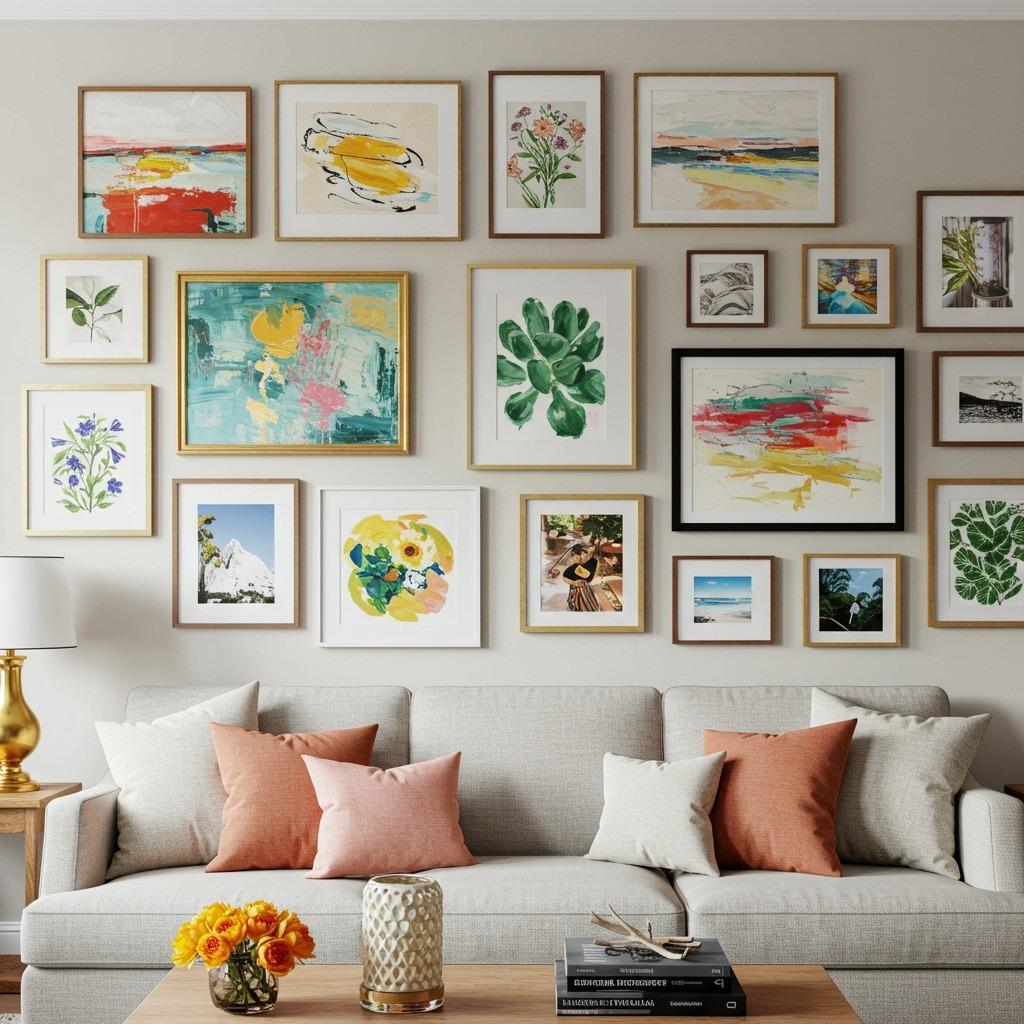
Art might be the easiest way to inject color into your space. A gallery wall filled with colorful prints, paintings, or photographs becomes an instant focal point while allowing you to experiment with multiple hues at once.
The beauty of this approach is flexibility. You’re not committing to painting walls or buying new furniture. If you tire of certain colors, simply swap out a few pieces. Mix different art styles and frame finishes to keep things interesting rather than too matchy.
When arranging your gallery wall, step back occasionally to check the overall balance. You want colors distributed throughout rather than clustered in one area. This creates visual flow and draws the eye across the entire display.
4. Embrace Jewel-Toned Accents
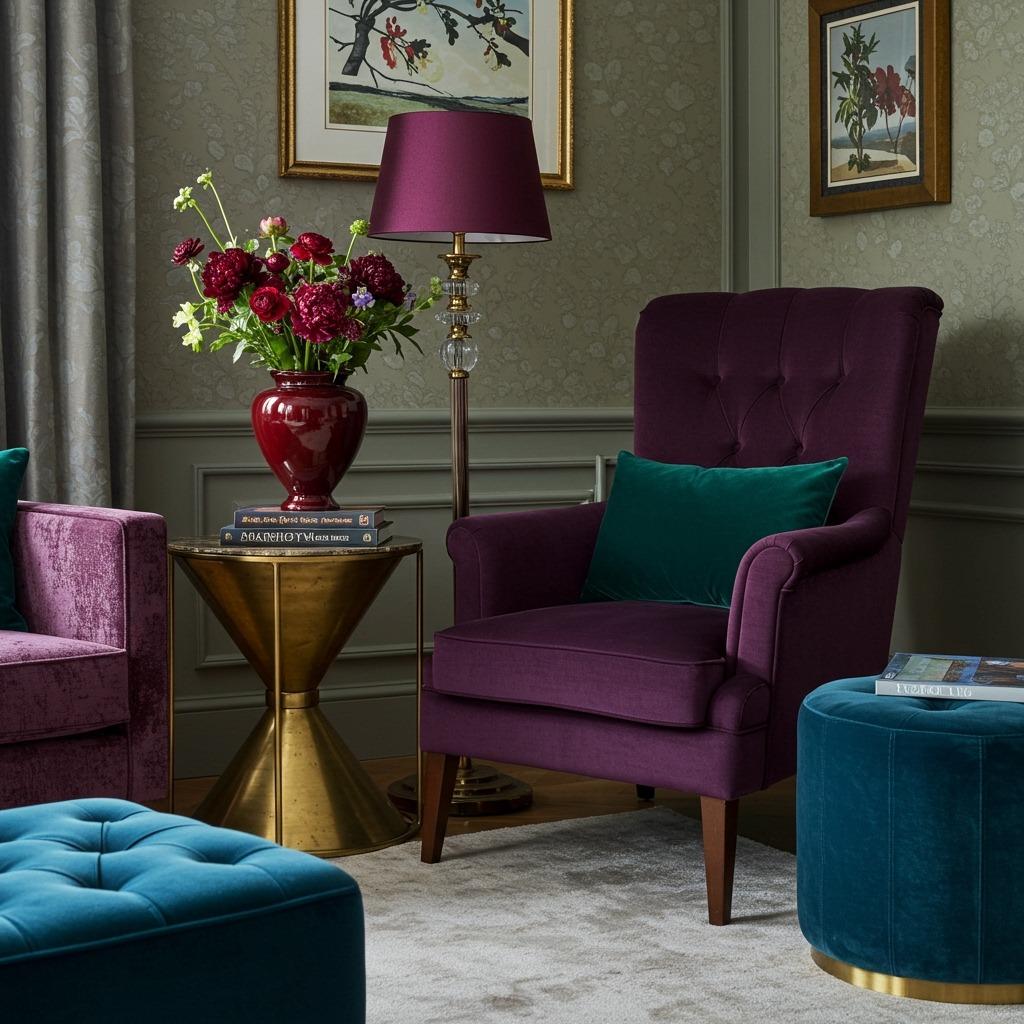
Jewel tones bring richness and sophistication to any space. Think emerald, ruby, sapphire, and amethyst – colors that feel luxurious without being stuffy. These deeper shades work particularly well if you’re hesitant about brighter, more playful hues.
Start small with jewel-toned accessories if you’re unsure. Throw pillows, vases, or picture frames in these rich colors add instant elegance. As you grow more comfortable, expand to larger elements like curtains, an area rug, or an accent chair.
These colors pair beautifully with both light and dark neutrals. Against white or cream walls, they pop dramatically. With charcoal or navy backgrounds, they create moody, layered spaces that feel cozy rather than heavy.
5. Paint an Accent Wall in a Bold Hue
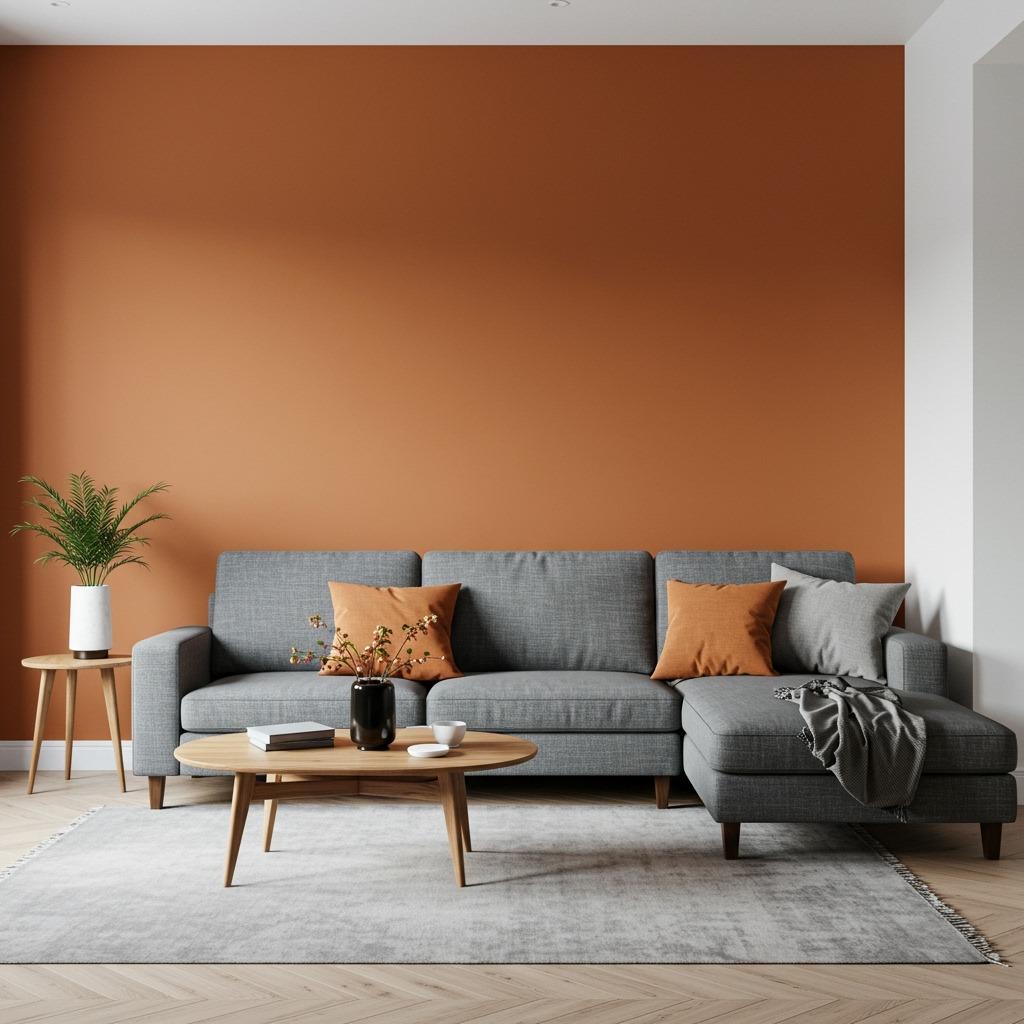
Sometimes you want color without the full commitment. An accent wall delivers maximum impact with minimal risk. Choose the wall that naturally draws attention – typically the one behind your sofa or the first wall visible when entering the room.
Modern accent wall ideas extend beyond simple paint colors these days. Consider wallpaper with colorful patterns, textured finishes, or even a mural that tells a story. The key is selecting something that complements rather than competes with your existing furniture.
Balance is crucial here. If your accent wall is quite bold, keep surrounding walls neutral and furniture relatively simple. Let that one wall be the star without overwhelming the entire space.
6. Mix Patterns Fearlessly
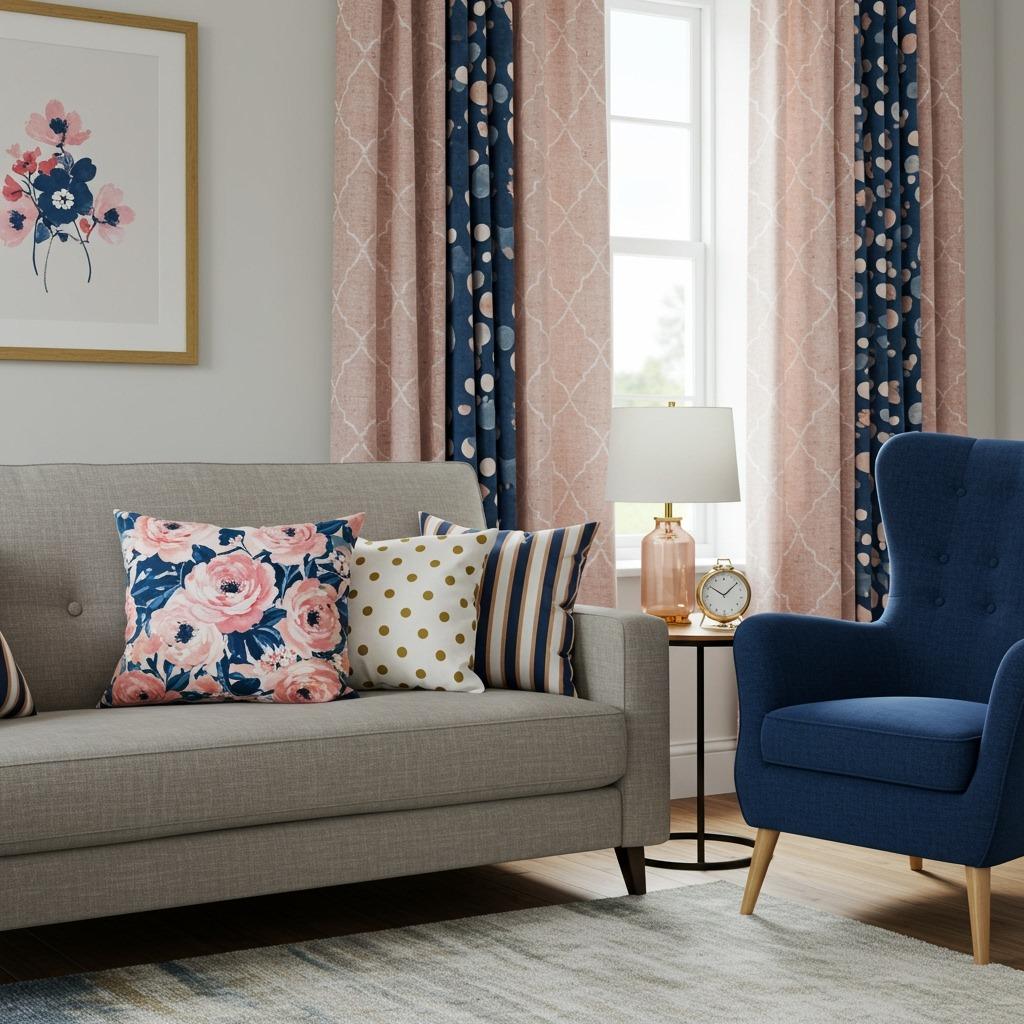
Pattern mixing might seem intimidating, but it’s one of the most effective ways to create a truly vibrant lounge. The secret is varying the scale of your patterns. Combine large-scale florals with smaller geometrics, or bold stripes with delicate prints.
Stick to a consistent color palette across different patterns. If your throw pillows feature navy, coral, and gold, those same colors should appear in your curtains or rug even if the patterns differ completely. This creates cohesion despite the variety.
Start with three patterns maximum if you’re new to this approach. As you gain confidence, you can layer in more. Remember that solid colors act as visual rests, giving the eye a place to settle between busier elements.
7. Incorporate Colorful Furniture Pieces
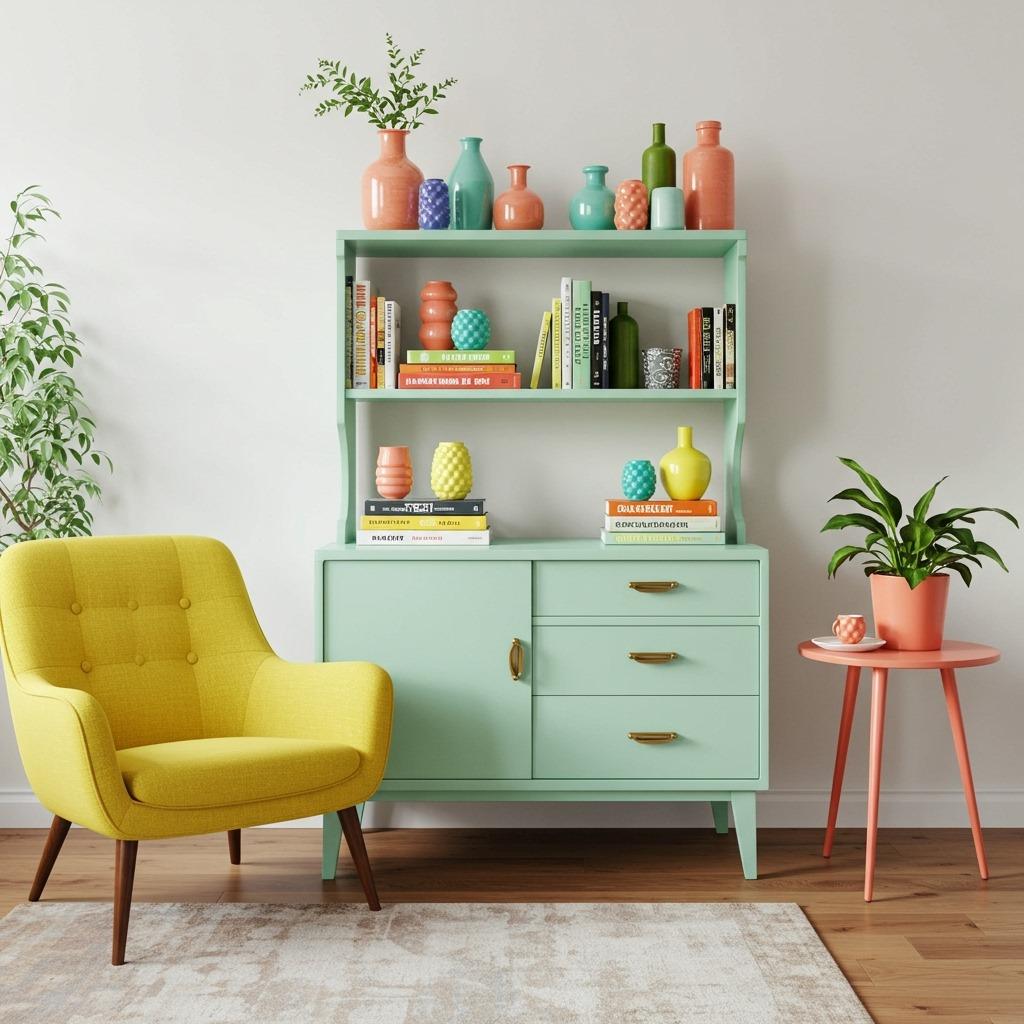
Beyond the sofa, individual furniture pieces offer excellent opportunities for color. A bright yellow side table, a pink ottoman, or a mint green bookshelf adds personality without overwhelming the space. These pieces function as both practical furniture and decorative accents.
The advantage of colorful furniture is portability. Unlike painted walls, you can move these pieces to different rooms as your style evolves. A bold dresser that starts in your living room might eventually find a perfect home in your colorful minimalist bedroom.
When shopping for colorful furniture, consider quality over trendiness. Choose pieces with good bones and classic silhouettes in colors you genuinely love. This ensures they’ll remain favorites even as design trends shift.
8. Add Life With Colorful Plants and Planters
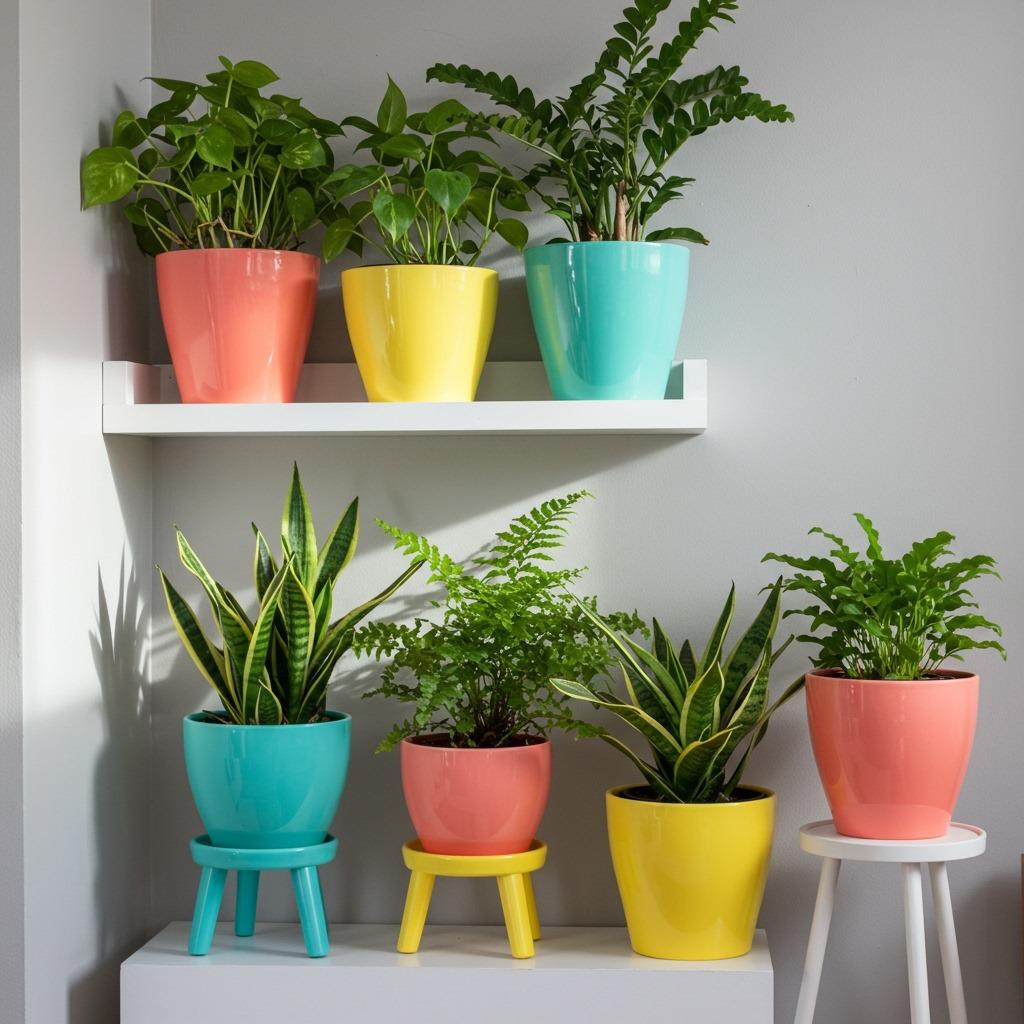
Plants bring natural color that changes with the seasons. But the pots holding them offer even more opportunities for playfulness. Colorful planters in unexpected hues turn simple greenery into bold statements.
Mix pot colors and sizes for visual interest. A collection of small planters in various bright colors creates a completely different effect than one large statement planter. Both approaches work; it depends on your overall aesthetic and available space.
Don’t forget about flowering plants for seasonal color bursts. While foliage plants provide year-round greenery, blooming varieties like orchids, African violets, or seasonal bulbs add temporary pops of color that keep your space feeling fresh. For more ideas on incorporating greenery, check out these indoor garden living room concepts.
9. Invest in a Colorful Area Rug
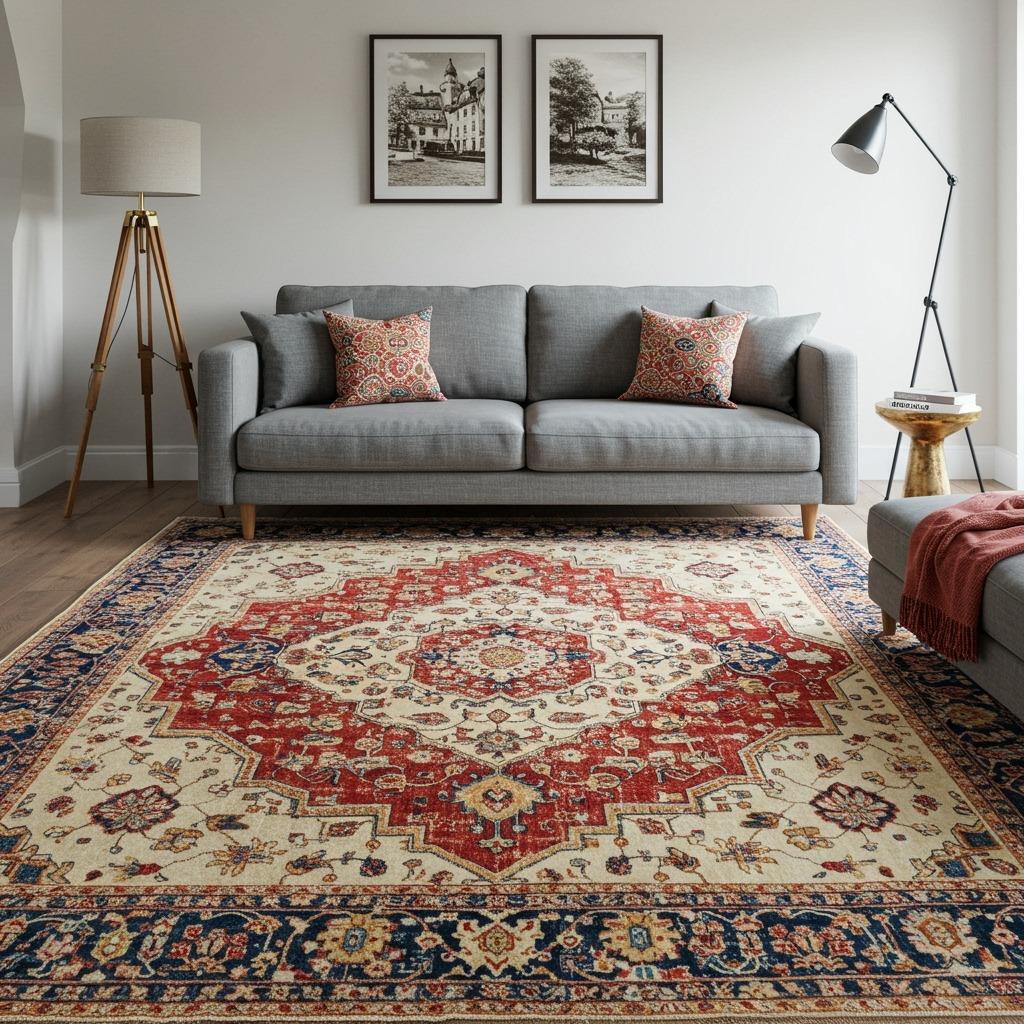
A rug might be the single most transformative element in a colorful living room. It grounds the space while introducing multiple hues that you can echo throughout the room. Plus, rugs are relatively easy to change if you want to refresh your look down the road.
Look for rugs with a clear dominant color plus several accent shades. This gives you a built-in color palette to work from. Pull colors from the rug into throw pillows, artwork, and accessories for a cohesive look that feels intentional.
Size matters significantly with rugs. In living rooms, bigger is almost always better. Your front furniture legs should sit on the rug, creating a defined conversation area. A too-small rug makes the space feel disconnected and awkward.
10. Use Colorful Window Treatments

Curtains and blinds are often overlooked opportunities for color. Floor-length drapes in a bold hue frame your windows beautifully while adding dramatic vertical lines that make ceilings feel higher. They also allow you to introduce pattern and texture.
Consider the light in your room when selecting window treatment colors. In bright, sunny spaces, you can go darker or more saturated without the room feeling cave-like. In dimmer rooms, lighter or brighter shades help maintain an airy feeling while still adding color.
Layering window treatments provides flexibility. Sheer curtains in a soft color paired with heavier drapes in a bolder shade let you control both light and privacy while creating depth. You can draw the sheers during the day and close the bold drapes at night for different moods.
11. Style Open Shelving With Colorful Objects
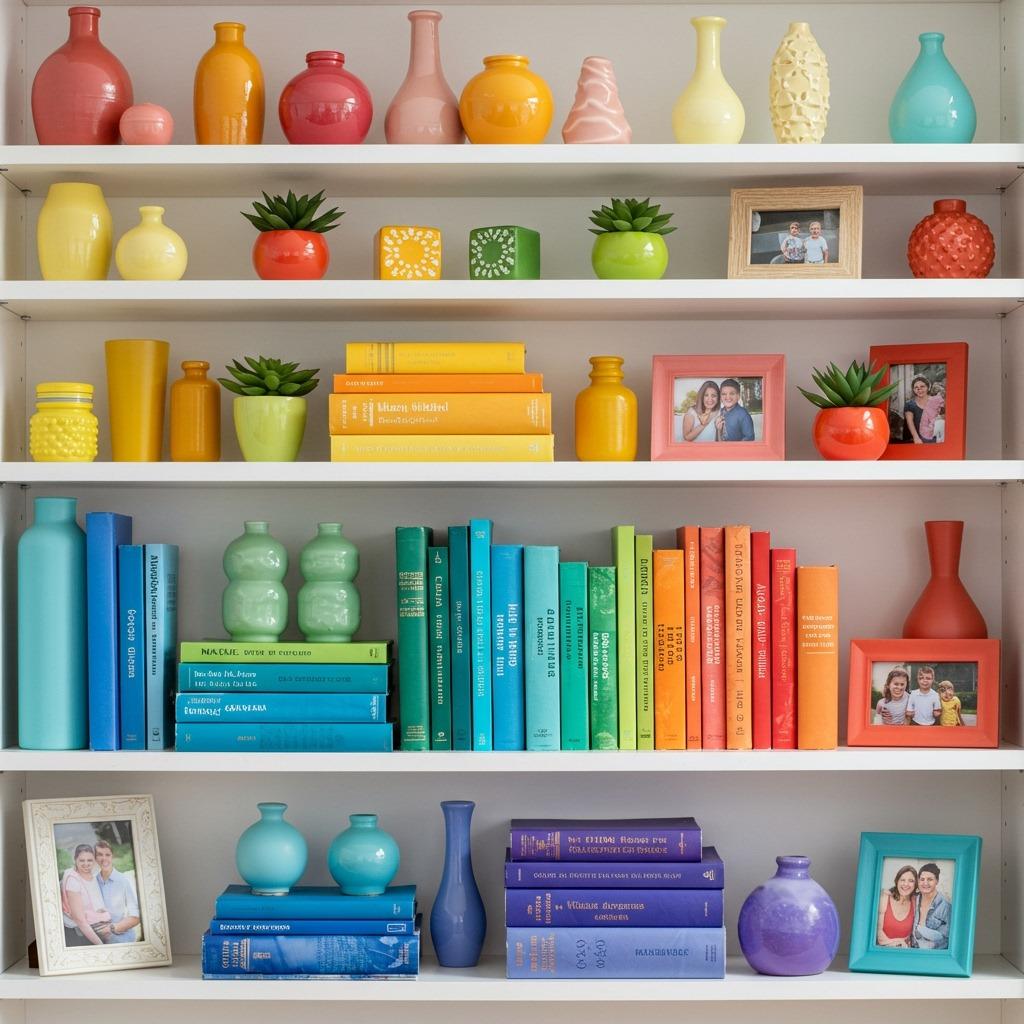
Open shelving or bookcases become art installations when thoughtfully styled with colorful objects. This approach works especially well in small space renovations where every element needs to work harder aesthetically.
Arrange books by color for an instant rainbow effect. Intersperse them with colorful ceramics, glassware, small plants, and personal treasures. Vary heights and group items in odd numbers for visual appeal. Leave some breathing room rather than cramming every shelf full.
Swap out a few items seasonally to keep things interesting. This is an easy, budget-friendly way to refresh your space without major changes. Summer might bring brighter, lighter colors while fall introduces richer, warmer tones.
12. Create Contrast With Black Accents
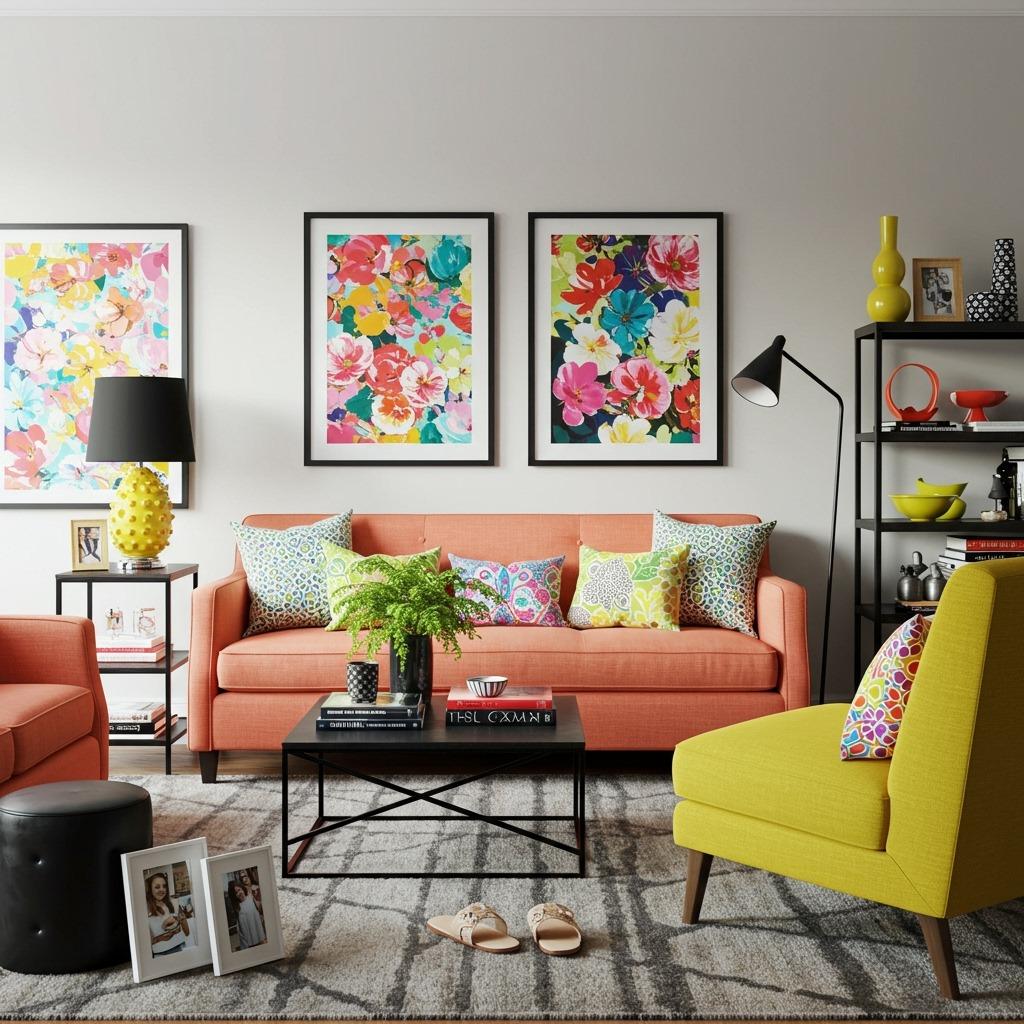
Here’s something unexpected: black accents make colors pop even more. Strategic black elements – whether picture frames, furniture legs, light fixtures, or decorative objects – provide visual weight and make surrounding colors appear more vibrant through contrast.
This trick works across all color schemes. A boho chic living room with colorful textiles looks more grounded with black accents. A pastel space gains sophistication. Even all-white rooms benefit from black touches that prevent them from feeling washed out.
The ratio matters, though. Aim for roughly 10-15% black in a colorful space. Too much, and you lose the lightness that makes the colors sing. Too little, and the space might feel unanchored. Strike the right balance, and everything suddenly looks more polished.
Bringing It All Together
Creating a colorful living room isn’t about following rigid rules. It’s about understanding basic principles and then having fun experimenting. Maybe you start with one bold element and gradually add more. Perhaps you dive in headfirst with multiple colors at once. Either approach can result in a space you absolutely love.
The most successful vibrant lounges share one trait: they reflect the people who live there. Your color choices should feel authentic to you, not dictated by what’s currently popular on social media. If you genuinely love a color combination, that enthusiasm translates into a space that feels alive and welcoming.
Don’t be afraid to evolve your space over time. Living rooms should grow and change as you do. What feels right today might shift next year, and that’s perfectly fine. The beauty of most color additions – accessories, art, textiles – is that they’re relatively easy to change when your tastes evolve.
Color has this incredible ability to shift moods and energy in a space. A thoughtfully designed colorful living room doesn’t just look good; it feels good. It welcomes you home after long days and energizes you on lazy Sunday mornings. That’s the real magic of embracing bold home colors in the spaces where you live.
For more inspiration on transforming your home’s different spaces, explore our guides on home improvement ideas that work with various design styles and budgets.



